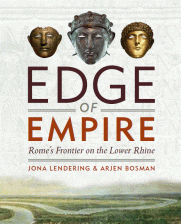It was bound to happen. I found the perfect journal article; and of course I put it onsite.
Subject: How have we learned to determine the heights of mountains? I can’t say I’d ever given the matter any thought; but it’s surprisingly interesting, being among other things curiously but intimately related to the determination of the radius of the earth. The first third of the paper is ancient Greeks, the second third is the heroic days of early modern science — Kepler and Pascal and Newton; the last is more recent, if not quite satellites and GPS. The reader will find in the article Babylonians and integral calculus, Pope Sylvester II and boiling mercury, Glasgow cathedral and Acosta’s History of the Indies; what more could one want?
The perfect article, from my point of view, because it addresses one of those gritty little topics that appeals to my unphilosophical, untheoretical, concrete mind; perfect because it’s at the interface between technology and history, my favorite corner of the world (in my 22 years as a French interpreter, for example, I specialized in machine tools and mechanical engineering: no poetry and politics for this guy); perfect because it deals with geography, which I love; perfect because it’s signed by one of the great names in the historiography of science, Florian Cajori, whose History of Mathematical Notations is one of the treasures of my little library; and perfect because it ties together the work of various people mentioned onsite: Pliny and Strabo and all those guys, and that wonderful polymath Antonio de Ulloa who figures prominently in the sections of my site devoted to the history of Chile and to the history of Louisiana, and a couple of 19c graduates of the U. S. Military Academy at West Point, to which group I’ve been devoting so much time these past couple of months: in fact it was the West Pointers who led me to the article.
Enjoy: History of Determinations of the Heights of Mountains.


 Subscribe to feed
Subscribe to feed